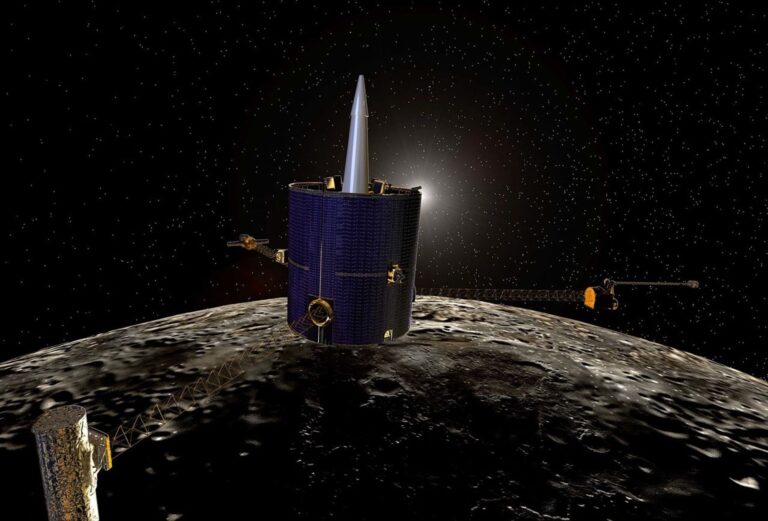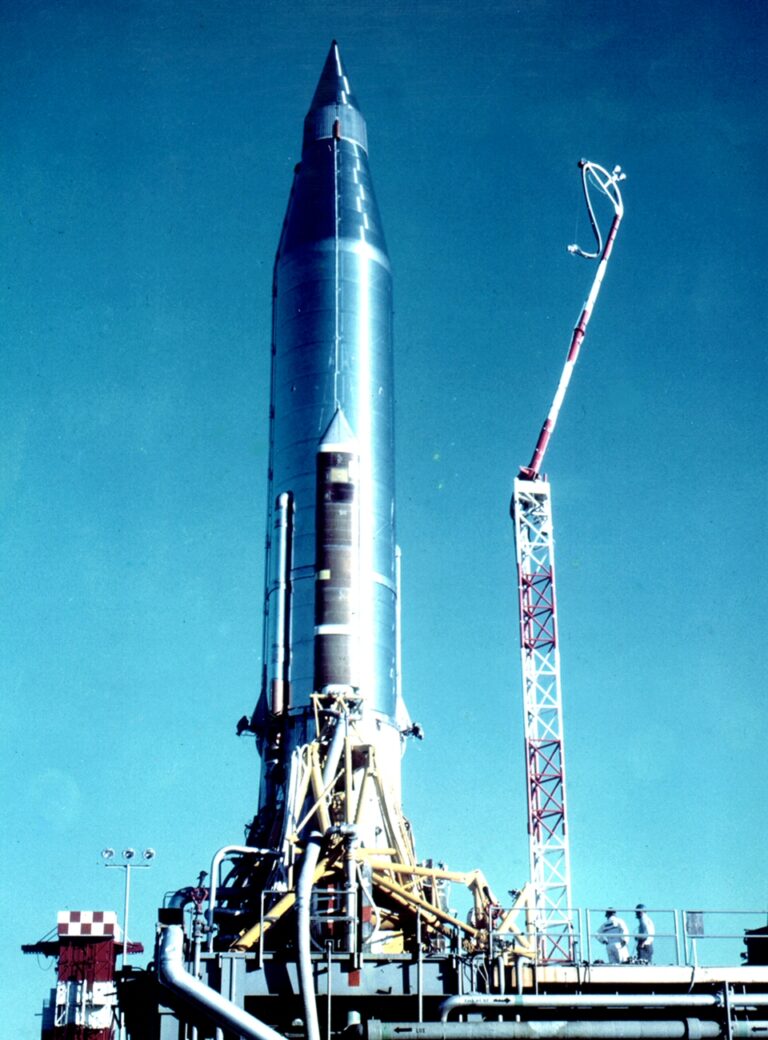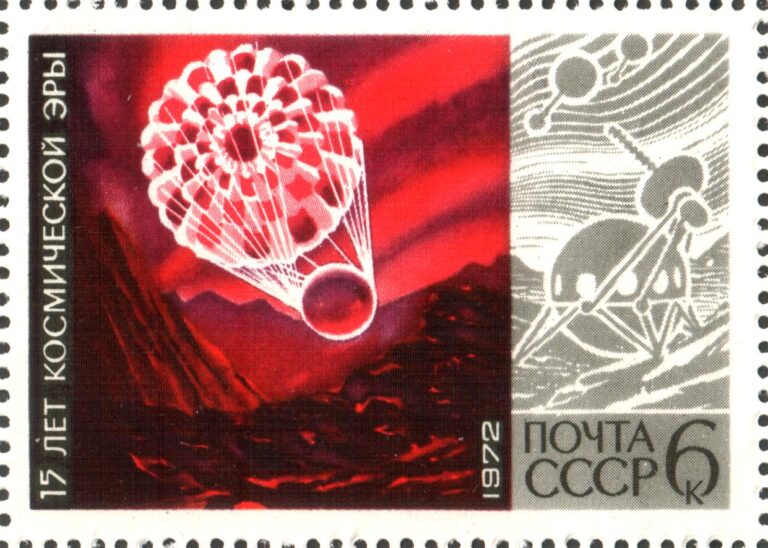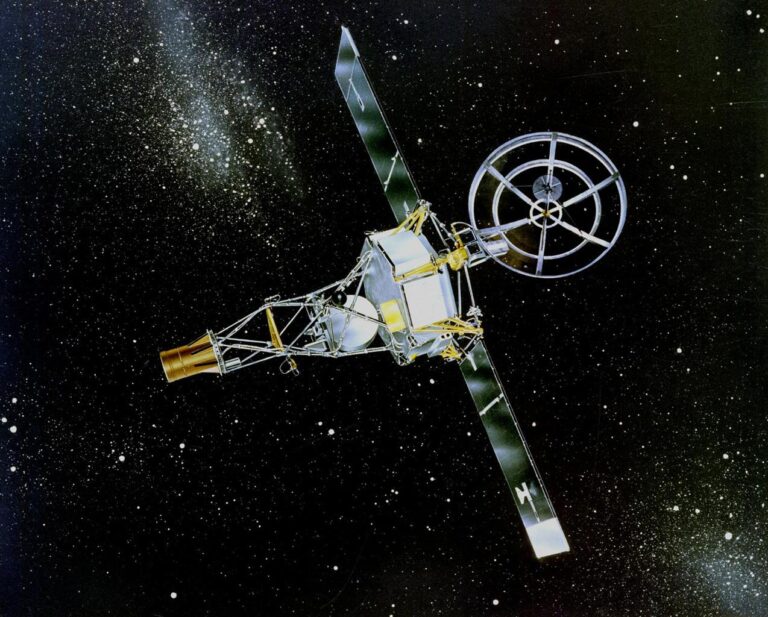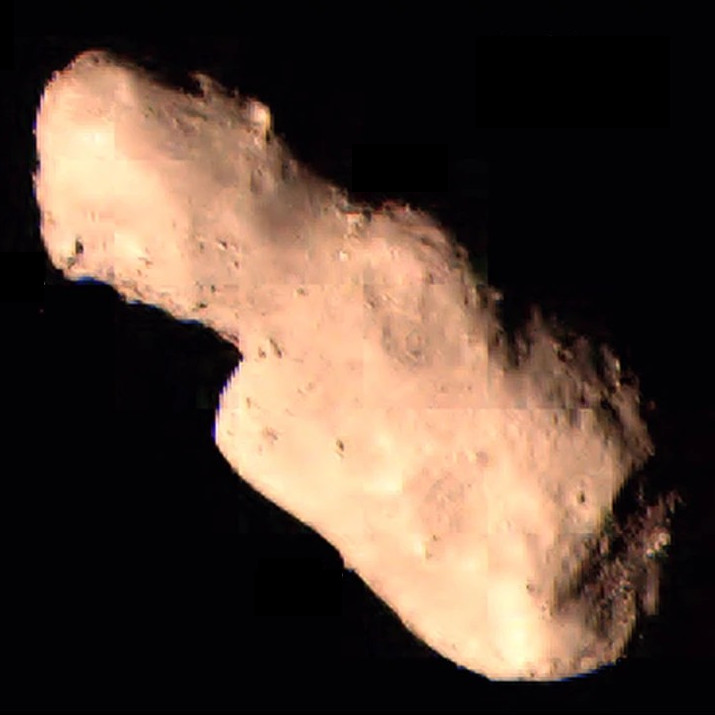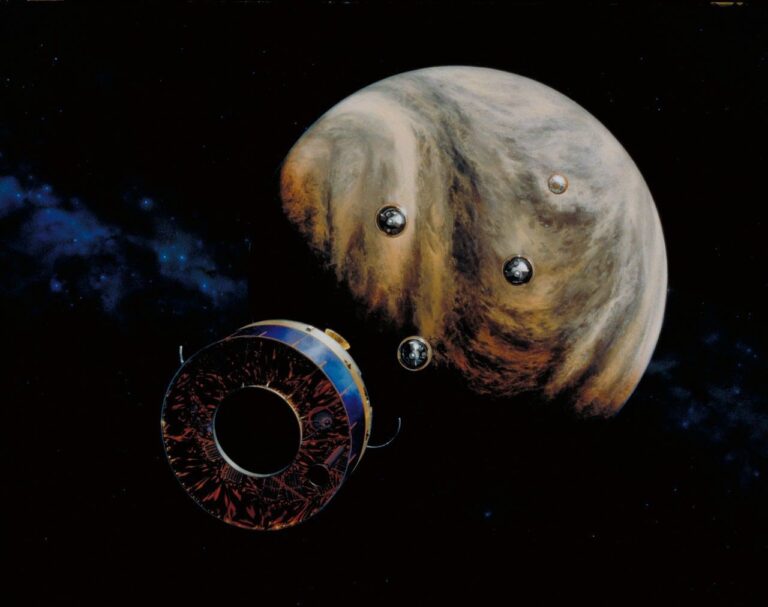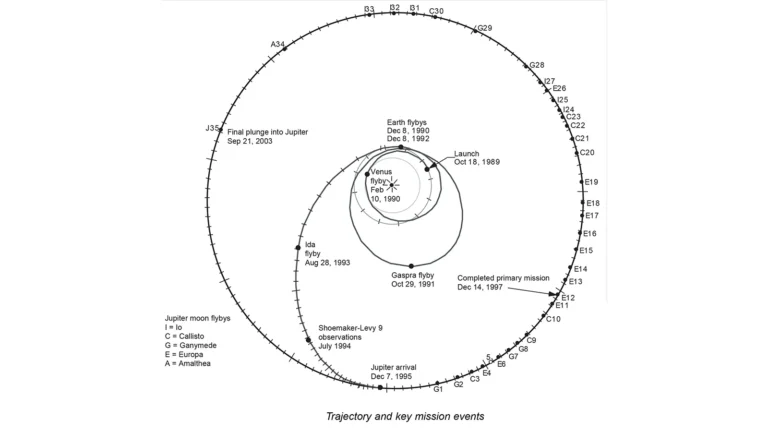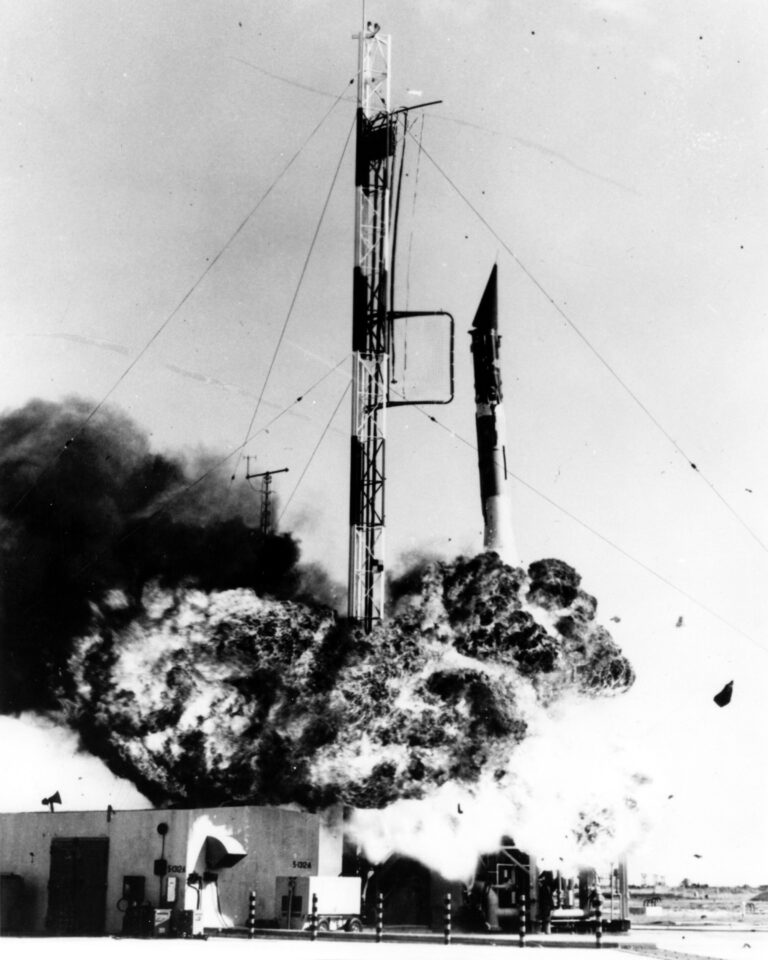Key Takeaways:
Q: Will the Voyager probes return?
Mark Lampe
St. Louis, Missouri
A: Both Voyagers are on one-way tickets out of the solar system. But, as you note, neither is traveling anywhere near 1,381,308 mph (2,223,000 km/h). The apparent inconsistency arises because escape velocity depends on where you start your journey.
A handy formula for calculating escape velocity is νesc = √2GM/R where vesc is the escape velocity, G is the gravitational constant, M is the mass of the object you’re leaving, and R is the distance from the center of that object. The diagram and Fast Fact in the July issue assumed you were escaping from the object’s surface, so R is simply the radius.
If you’re trying to leave the solar system from Earth’s orbit, however, R is about 93,000,000 miles (150,000,000 km; the distance of Earth from the Sun) and not 432,000 miles (695,500 km; the Sun’s radius, as used in the figure), so the escape velocity is only about 94,000 mph (151,300 km/h). Further, for an interplanetary spacecraft, its escape velocity from the solar system is the escape velocity at the last planet it received a gravity assist from. Take Voyager 1 as an example: It encountered Saturn in November 1980, when the ringed planet was about 890 million miles (1.4 billion km) from the Sun. The escape velocity was thus 30,400 mph (49,000 km/h), well below the probe’s exit velocity of 49,000 mph (79,000 km/h). Today, the distant spacecraft is still traveling at 38,000 mph (61,000 km/h) and leaving the solar system at nearly five times the escape velocity of 7,900 mph (12,700 km/h).
Richard Talcott
Senior Editor


